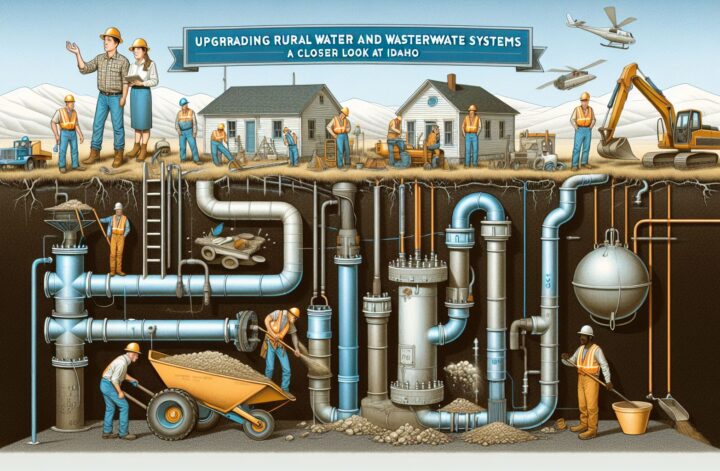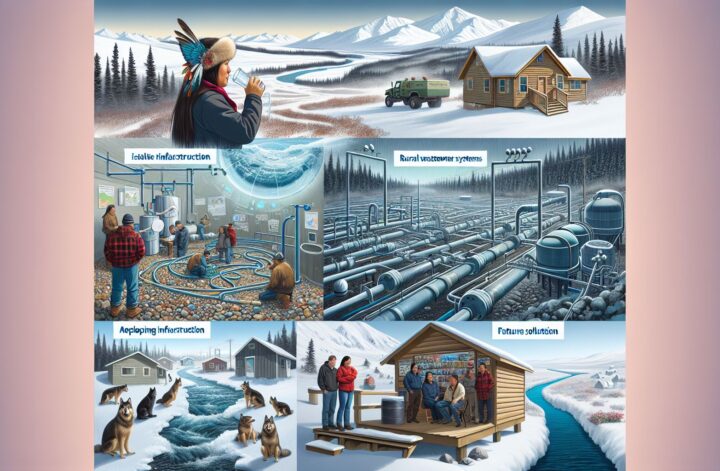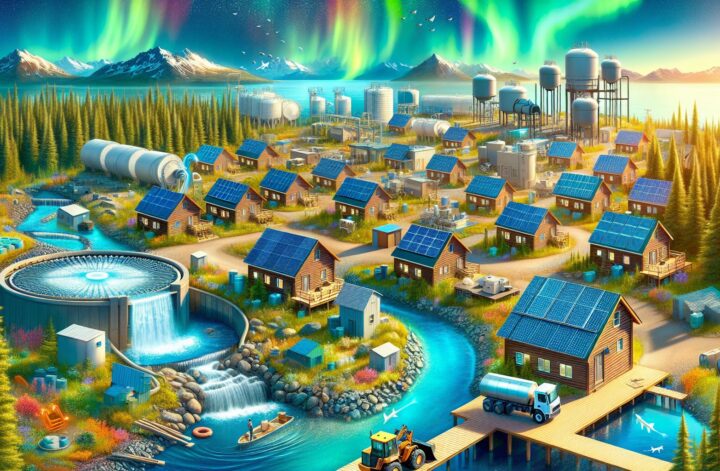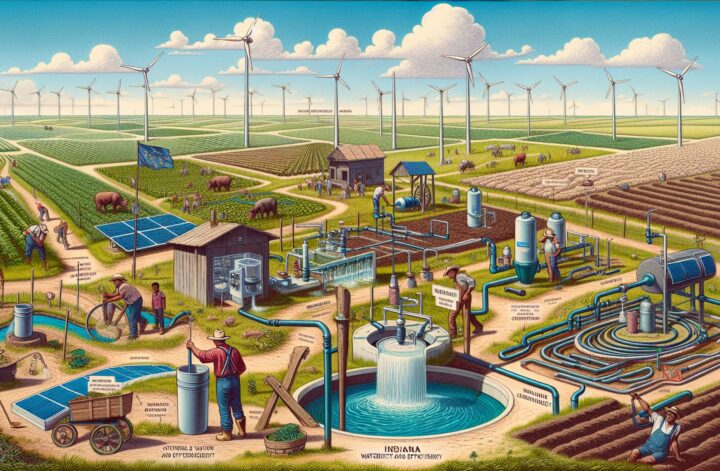In the picturesque state of Idaho, amidst mountainous terrain and vast agricultural fields, lies a pressing issue in need of urgent attention—the state’s rural water and wastewater systems. Though Idaho’s environment can be rightfully regarded as pristine, its rural regions are struggling with maintaining water quality while dealing with increasing water scarcity and ageing infrastructure.
Critical to the sustenance and health of every community, water and wastewater services in rural Idaho are comprised of small community systems, domestic water systems, public water systems, and decentralized household septic systems. The Idaho Department of Environmental Quality is primarily responsible for oversight and compliance with state and federal regulations^[1^].
However, due to limited financial capabilities and lack of access to current technologies, many of these rural water systems face considerable challenges. An aging infrastructure, periodic droughts, and contamination from industrial and agricultural runoff are some of the persisting issues. In addition, stringent regulatory requirements impose additional pressure on these rural communities.
The wastewater situation is similar in complexity. Many rural homes rely on individual septic systems, which require regular maintenance to prevent leaching of untreated sewage into groundwater sources. However, many systems are outdated or poorly maintained, leading to significant health and environmental risks.
The state of Idaho has recognized these challenges and is making efforts for substantial improvements. The Idaho Rural Water Association (IRWA) is a critical partner in these initiatives. IRWA provides training, technical support, and advocacy on behalf of the state’s rural water and wastewater systems^[2^].
Federal funding through the Water Infrastructure Finance and Innovation Act (WIFIA) will also help address some of these issues. In 2020, the City of Twin Falls received $25.5 million loan to upgrade their water infrastructure, improving water efficiency and resilience^[3^].
While these investments are essential, Idaho’s rural water systems’ long-term sustainability also crucially depends on communities’ proper water usage, regular monitoring, community education and collaboration between different stakeholders. Various agencies realized that to ensure a sustainable future, rural communities must strive for an integrated water resources management approach.
In conclusion, rural water and wastewater management is a complex, pressing issue in Idaho that needs strategic planning, technological advancements, funding, and collaborative efforts for a sustainable future. The silver lining is that the state shows promising resilience in meeting these challenges.
Sources




